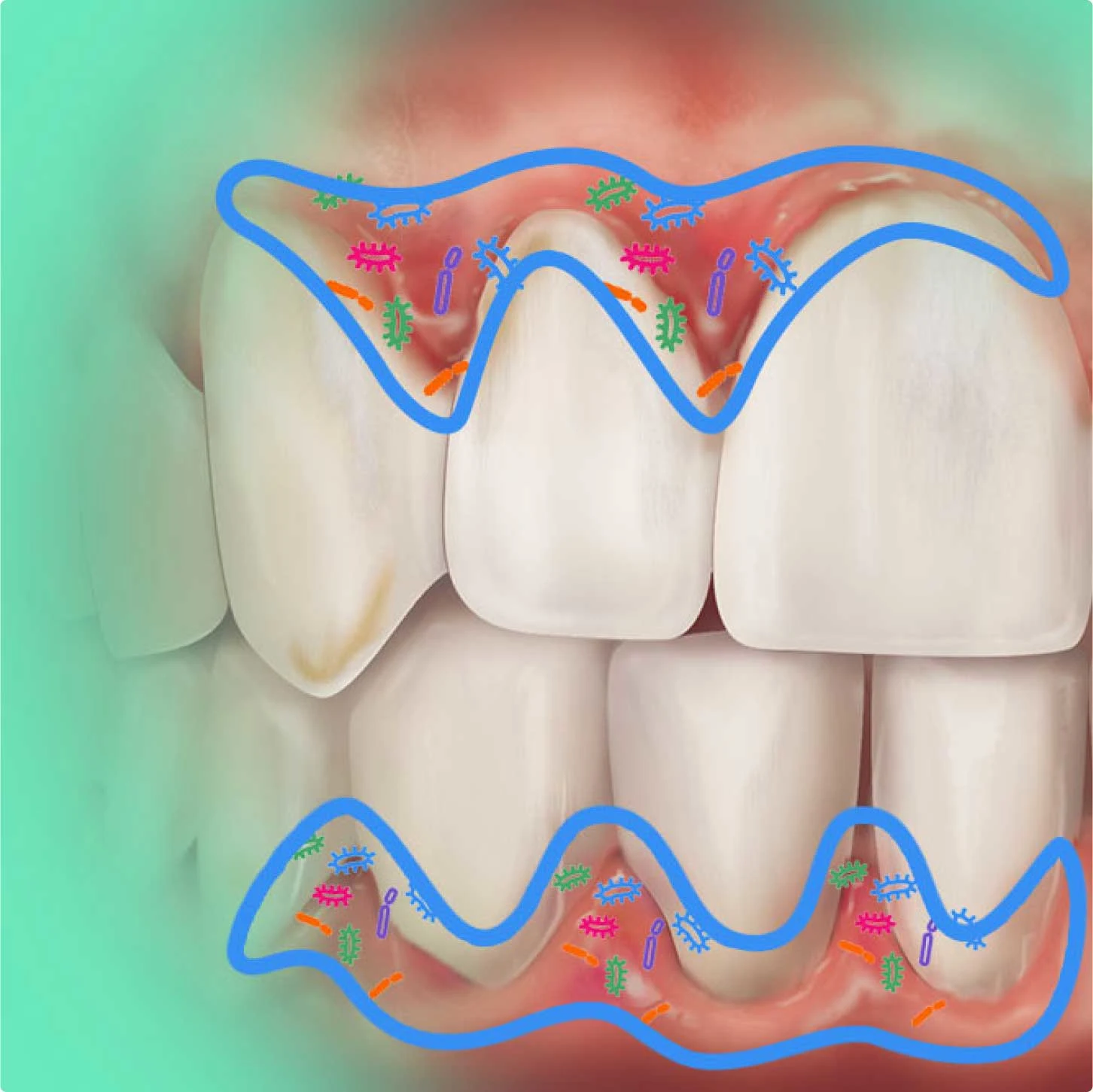
Gingivitis vs. Periodontitis: What's the Difference?

This blog has been reviewed and approved by Francesca Dusio, an Italian registered Dentist with a strong international background.
Table of Contents
Key Takeaways
- Gingivitis is the beginning stage of gum disease and is typically caused by plaque buildup in the area where your teeth meet your gums. Gingivitis is reversible (and preventable) with a good oral hygiene routine and regular visits to your dentist.
- Periodontitis is the next stage of gum disease and is caused by untreated gingivitis. Periodontitis itself can be divided into three stages: early, moderate, and advanced. These stages of gum disease can only be treated by a dental professional.
- The best way to treat gingivitis and prevent it from developing into periodontitis is a professional cleaning twice a year and maintaining a good oral hygiene routine that includes brushing, flossing, and rinsing.